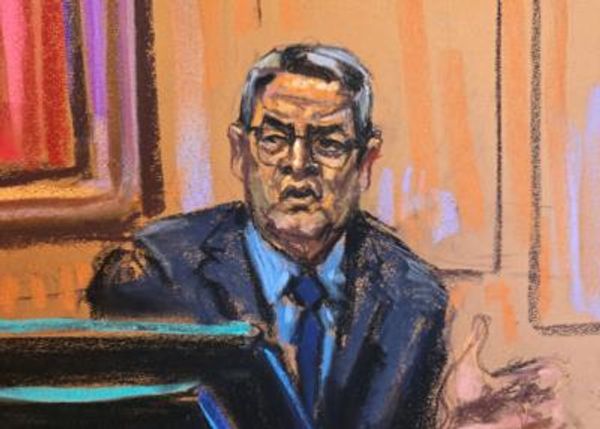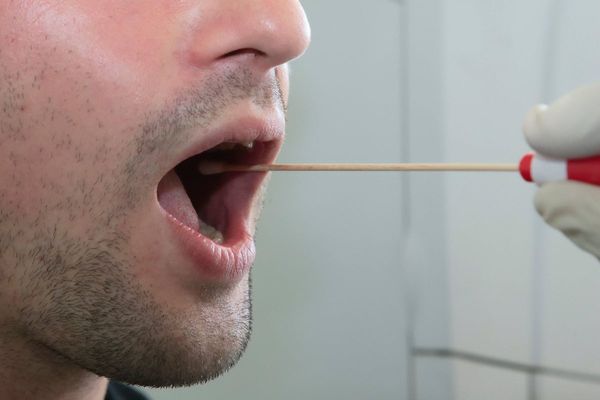
ORLANDO, Fla. ? SpaceX's Falcon 9 rocket launched right on time at 7:27 p.m. Sunday on a historic mission with American astronauts Mike Hopkins, Victor Glover and Shannon Walker and Japanese astronaut Soichi Noguchi strapped inside the Crew Dragon capsule that will take them to the International Space Station.
Iffy weather and a problem sealing the door of the capsule threatened to delay the launch until Wednesday, but in the end, the liftoff prevailed.
The nighttime launch lit up the sky over Brevard County to the delight of thousands of spectators lining the coast.

Just a few minutes before liftoff, the command center told the crew: "We're honored to have you as our crew as we begin operational mission to the ISS. Have an amazing trip and know that we are all for one."
Hopkins called back: "To all the people at NASA and SpaceX, by working together through these difficult times, you've inspired the nation, the world. And now it's time for us to do our part. Crew-1 for all."
The launch from pad 39A at Kennedy Space Center is a major milestone in NASA's Commercial Crew Program and SpaceX, the first commercial enterprise to put humans in orbit. Benji Reed, SpaceX's director of crew mission management, said it revives regular crewed launches to the space station from the United States and a continual Crew Dragon presence at the International Space Station.

Hopkins, Glover, Walker and Noguchi will now spend the next 27 hours in space before reaching the station at about 11 p.m. Monday. They'll stay there six months, joining Kate Rubins, Sergey Ryzhikov and Sergey Kud-Sverchkov who arrived in October by the Soyuz MS-17 spacecraft, before splashing back down off the coast of Florida.
The foursome named their capsule Resilience in recognition of the trying year 2020 has been amid a global coronavirus pandemic that's claimed more than 246,000 American lives and national unrest amid a contentious presidential election.
"We felt like if the name of our vehicle could give a little hope, a little inspiration, put a smile on people's faces, then that is definitely what we wanted to do," said Hopkins, an Air Force colonel who commands the mission.

Over the next 14 months, SpaceX plans to launch at least seven times to the space station, some with astronauts and some just cargo, Reed said The next group of astronauts has already been selected to pilot the Crew-2 mission, which is scheduled to launch next spring using the very capsule Hurley and Behnken splashed down in and the booster from Crew-1.
NASA is looking to the Crew-1 mission to end the country's reliance on Russia to access the ISS. Since 2006, NASA has spent $4 billion buying seats on the Soyuz rocket. They go for about $80 million a pop.
But NASA doesn't intend to rely solely on SpaceX or want to be the only entity doing launches. NASA wants to be one customer of many customers, sending people and cargo into space, and wants to choose from numerous companies all competing against each other.

The near-future may also see regular citizens, not just professional astronauts, be able to go to space – if they can afford it.
"I believe 20 years from now, we're going to look back at this time as a major turning point in our exploration and utilization of space," said Phil McAlister, director of commercial spaceflight for NASA for the last 15 years. "It's not an exaggerating to state that with this milestone, NASA and SpaceX have changed the historical arc of human space transportation."
It's the first orbital crewed mission licensed by the Federal Aviation Administration's Office of Commercial Space Transportation, which Phil McAlister, NASA's director of human spaceflight, said certifies the end of the rocket and capsule's development. But McAlister and other officials said that won't mean the agency or SpaceX becomes complacent in ensuring the flights are safe.

"If you think about spaceflight, every flight is a test flight. There's always something new and different," NASA administrator Jim Bridenstine said, with the memory of the Columbia and Challenger disasters. "Every bit of attention to detail we have on a test flight we also have on operational flights."














